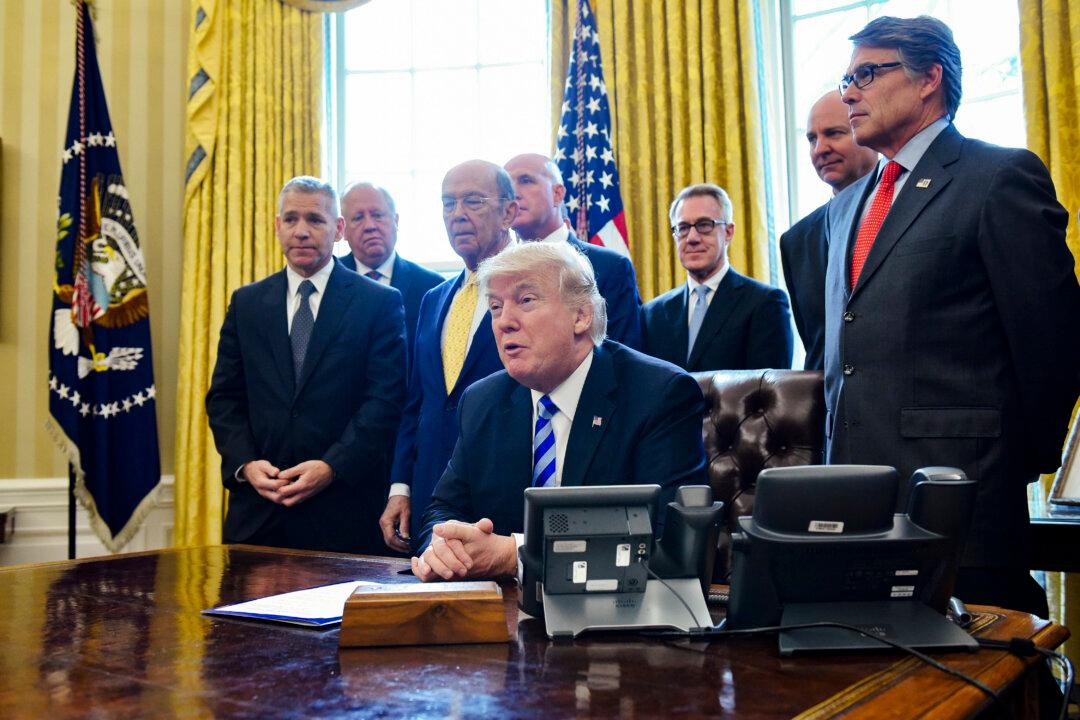News Analysis
President-elect Donald Trump has vowed to issue a day-one executive order to restore federal approvals for the proposed Keystone XL Pipeline while also pledging to slap tariffs on Canadian imports.

President-elect Donald Trump has vowed to issue a day-one executive order to restore federal approvals for the proposed Keystone XL Pipeline while also pledging to slap tariffs on Canadian imports.